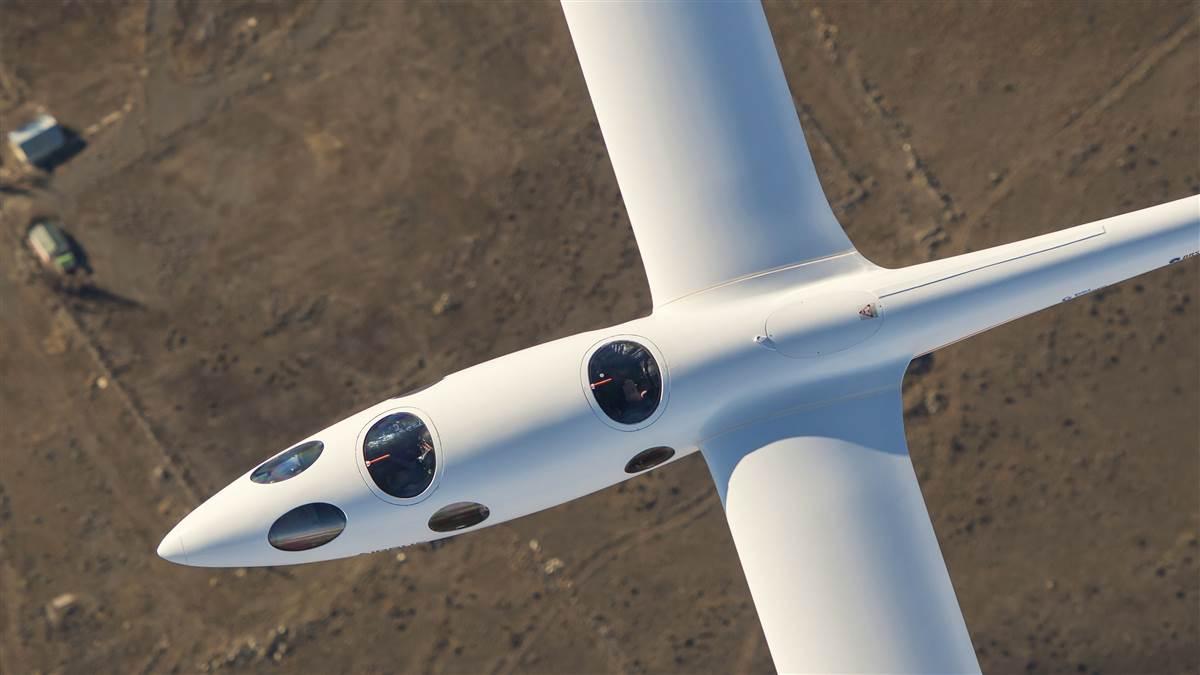Perlan soars to new record
The Perlan 2 glider crew caught one of the most powerful mountain waves in the world to shatter their year-old altitude record on Aug. 26, then topped that mark two days later. By the time you finish reading this, that record may have been broken yet again.
Airbus announced Aug. 27 that the Perlan 2 glider flown by Jim Payne and Morgan Sandercock reached a pressure altitude of 62,000 feet the day before during a flight over Argentine Patagonia (60,669 feet GPS altitude), having soared above the Armstrong Line, the point at which an unprotected human’s blood would boil if the glider’s pressurization system were to fail. Two days later, on Aug. 28, Payne, this time joined by pilot Miguel Iturmendi, soared higher still, up to a pressure altitude of 65,605 feet.
“This is a tremendous moment for all the volunteers and sponsors of Airbus Perlan Mission II who have been so dedicated to making our nonprofit aerospace initiative a reality,” said Ed Warnock, CEO of The Perlan Project, in an Aug. 27 news release. “Our victory today, and whatever other milestones we achieve this year, are a testament to a pioneering spirit of exploration that runs through everyone on the project and through the organizations that support us.”
The glider was built in Oregon and is based in Minden, Nevada, and the team headed to Argentina for the second consecutive year to take advantage of a weather phenomenon expected to last into mid-September. Flying near El Calafate in the Andes Mountains, rising air can potentially propel Perlan 2 much higher. The glider was designed to reach 90,000 feet under ideal conditions, and the team plans to keep flying while the conditions are conducive, and may well set another altitude record in the days ahead. A virtual cockpit set up by the team allows fans to follow flights in real time, and the team announced adidtional flights were planned, weather permitting, Sept. 2 and 3, and possibly beyond. The weather window is expected to close Sept. 15.
In addition to the pioneering flight crew, Perlan 2 also carries a variety of scientific instruments that record atmospheric and radiation measurements, as well as an experiment called “Marshmallows in Space” developed by the Oregon Museum of Science and Discovery to teach science to preschoolers.





